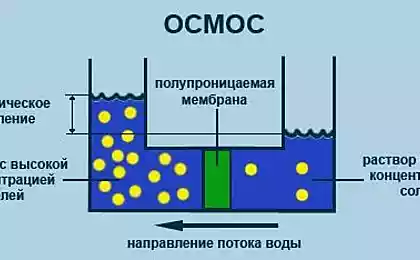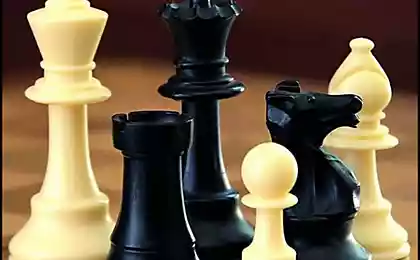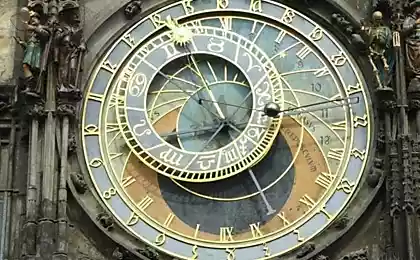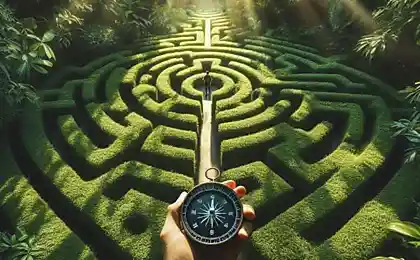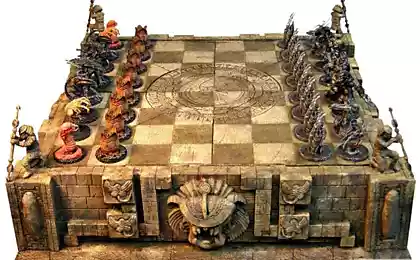246
Retrograde Analysis: How to Think inversely to Deal Effectively with Problems

Introduction: What is retrograde analysis?
Retrograde analysis is a way of thinking in which you start with an end goal and move backwards to figure out how to achieve it. This approach is most commonly used in chess, where players analyze positions to determine which moves led to the current situation. However, retrograde analysis can be equally useful in everyday life.
Why is this method so effective? It allows you to see the problem from a new angle, identify hidden opportunities and avoid typical mistakes. In this article, we will discuss how to apply retrograde analysis to solve everyday tasks and achieve success.
Retrograde analysis in chess: Origins of the method
1. How does retrograde analysis work in chess?
In chess, retrograde analysis is used to study finite positions and determine the sequence of moves that led to them. For example, if you want to figure out how to reach mat in three moves, you start from the end position and “move backwards” by analyzing possible options.
2. Why is that effective?
This method allows players to focus on the key points of the game and avoid unnecessary moves. He also develops logical thinking and the ability to anticipate the consequences of his actions.

Application of retrograde analysis in life
1. Setting goals
Retrograde analysis can be used to set and achieve goals. For example, if you want to get a promotion at work, start with the ultimate goal – a new position – and determine what steps you need to take to achieve it. This may include improving skills, improving communication skills, or expanding a professional network.
2. Tackling complex problems
When faced with a difficult task, try to imagine what the perfect solution looks like. Then “move back” to see what actions will lead you to that outcome. This will help you break down the problem into smaller and more manageable stages.
3. Project planning
Retrograde analysis is particularly useful in project planning. Start with the deadline and determine what tasks to complete for each stage. This will help you avoid rushing and better allocate resources.
Benefits of retrograde analysis
1. Improving logical thinking
Retrograde analysis develops the ability to think logically and structuredly. This is especially useful in situations where quick decision-making is required.
2. Saving time and resources
Moving away from the ultimate goal, you avoid unnecessary steps and focus on what’s really important. This helps to save time and resources.
3. Increased confidence
When you know what steps will lead you to success, you feel more confident. This is especially important in stressful situations, where it is important to stay cool.
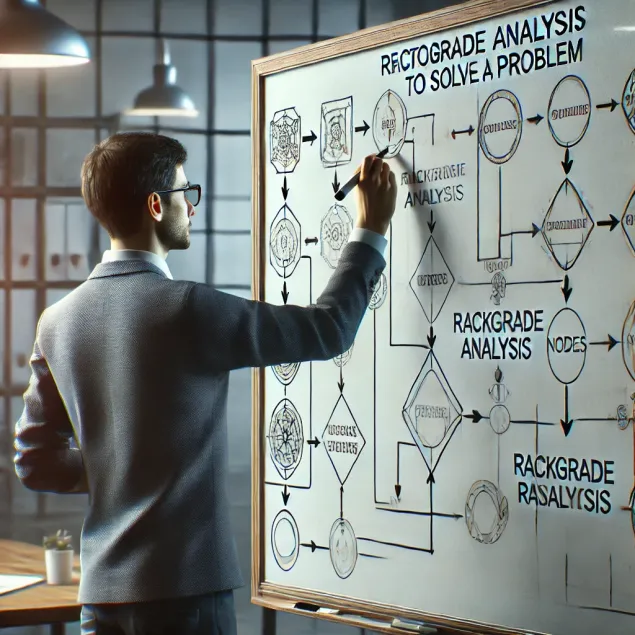
Practical tips for the application of retrograde analysis
1. Start with the ultimate goal
Clearly define what you want to achieve. This can be both a long-term goal and a solution to a specific problem.
2. Break the path into stages
Identify the key stages that will lead you to the goal. This will help you better understand what actions to take.
3. Analyze possible obstacles
Think about what difficulties can arise at each stage and how they can be overcome. This will help you to be prepared for the unexpected.
4. Act and adjust
Take action and adjust your plan if necessary. Retrograde analysis is not a static process, but a flexible tool that can be adapted to changing conditions.
Conclusion: Think from the opposite to move forward
Retrograde analysis is a powerful tool that helps not only in chess, but also in everyday life. It teaches us to think strategically, see hidden opportunities, and solve problems effectively. Try this method in your life and you will see how even the most difficult tasks become more manageable.
As Albert Einstein said, “We cannot solve problems using the same way of thinking that we used when we created them.” Retrograde analysis is a way to go beyond conventional thinking and find new ways to succeed.
Replacement Teacher: How Duolingo Founder Became a Billionaire
Resentment is a dangerous weapon: 5 reasons to cope with resentment and not to offend other people
